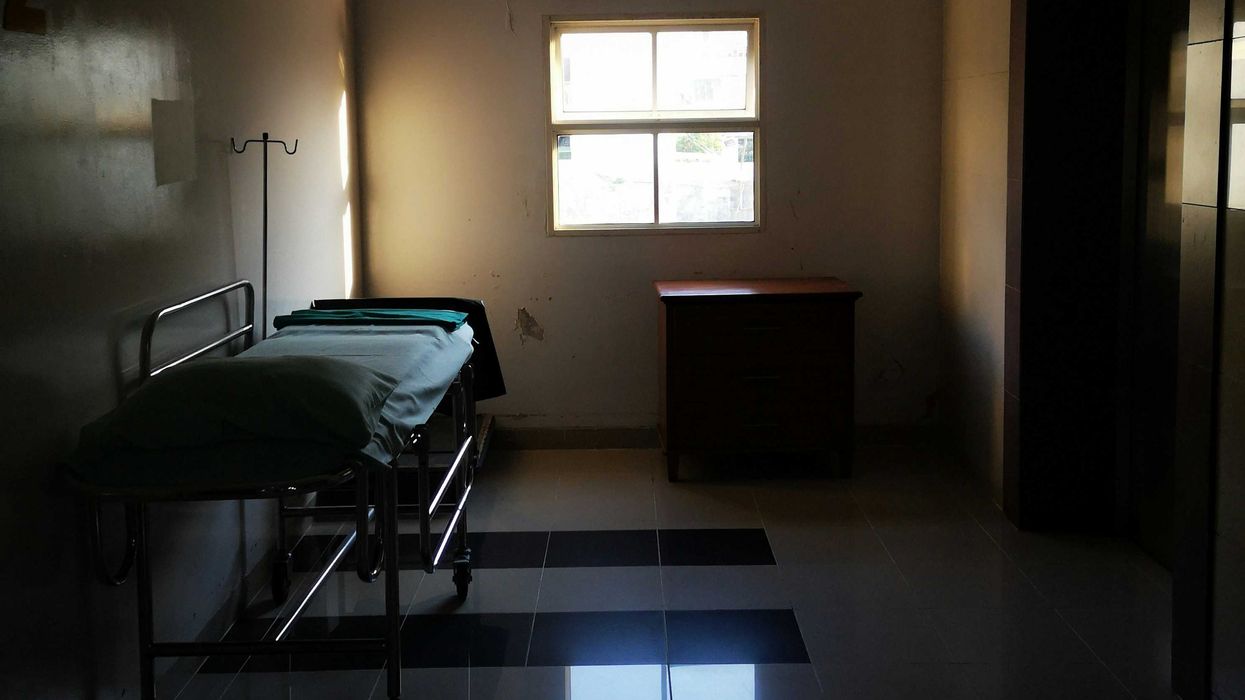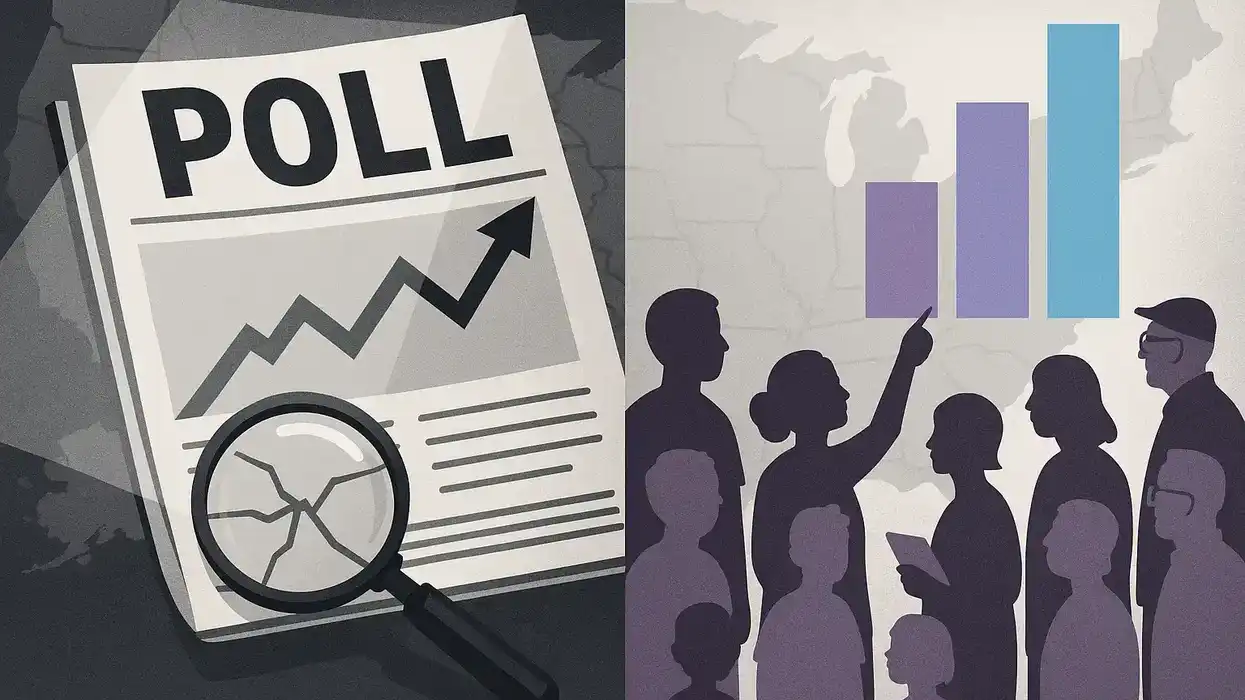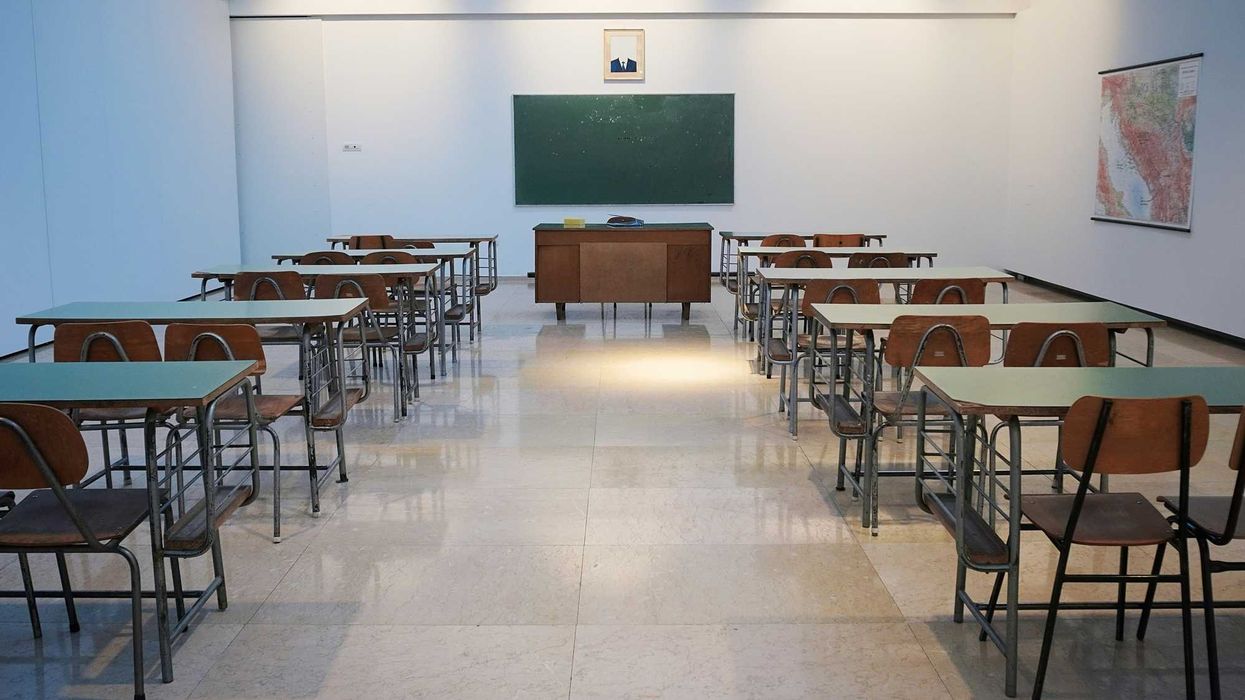Imagine two babies born at the same hospital, at the same time, to a different set of parents. Both babies look and act as similar as most newborns do – the wrinkly hands and feet, the thick vernix within the creases of their elbows and knees, the squinted eyes against the fluorescent hospital lights. The most reliable way to differentiate them is the ID band and medical record number around each of their ankles.
Now imagine those mothers’ rooms. One has a colorful assortment of ‘Congratulations’ balloons next to a bouquet of roses by the window. The baby’s bassinet is filled with personalized covers and a custom-engraved wooden sign bearing the baby’s name. Amid the large suitcases of clothes and toiletries, Dad is placing pillows behind Mom’s back, and both sets of grandparents are peering over one another to try to get a picture of the baby; there’s barely any room for anyone else.
The other mother’s room, in comparison, is bare. The only additions to it since the last patient are a large handbag on a chair and a coat draped over it. The mother is lying in bed with just her newborn in the bassinet next to her.
The latter is a scene that is not uncommon in the postpartum experience of migrant mothers. As a pediatrician, I have had the immense privilege of taking care of newborns from all backgrounds, including those whose mothers are undocumented and have recently arrived from their home countries. Their prenatal and postpartum courses are strikingly different than what most of us imagine or experience because of the mountain of barriers that exist for them in our healthcare system.
One of the simplest and arguably the easiest to fix is that of language. Although technology has advanced enough for me to pull up a live interpreter on a rolling iPad screen in a patient's room, the age-old frustrations of internet connectivity and equipment malfunction remain timeless. Between the repetitive “can you hear me nows?” and “please repeats,” information between providers and non-English-speaking mothers can be missed, misinterpreted, or withheld, and cultural context is often lost in the soundbites of cyberspace. Studies have shown lower accuracy in interpretation when using longer sentences and incorporating medical terminology. When health complications to either the mother or baby are added, the disconnect between providers and patients can grow exponentially.
Additionally, one of the most difficult barriers a migrant mother can commonly face is social isolation. I have learned to be cautious when asking a new mother who will live at home with her and the baby. It is not an isolated incident to encounter a teary look and hesitancy in response to the question. The immense burden of migration often forces families to be separated, and mothers to live here with friends or unrelated roommates. Sometimes, spouses need to separate, and at other times, one or more children are left behind with relatives or neighbors in their native country as a temporary solution.
After delivery in the U.S., mothers can also face further loss of support with their partners’ quick return to work and a lack of a social circle. Added stressors like economic hardships, transportation limitations, and concerns for immigration status all accumulate and impact the course of pregnancy and postpartum recovery. Unauthorized migrant women statistically and anecdotally have lower rates of sufficient prenatal care or are often late to present for care. They are also twice as likely to experience postpartum depression and anxiety compared to those who are authorized migrants or citizens.
Many may argue that the multitude of barriers mentioned above should prevent families from migrating here in the first place. I would say that leaving one’s home is not a decision made lightly by anyone. Migrants leave their countries because of severe political instability, rise in violence, and economic insecurity – they travel for safety, something we all strive for ourselves and our loved ones. Why shouldn’t they?
The two babies born at the same hospital and at the same time may have the same physical exam and hospital care. But the rest of their lives will be shaped by the doors of the homes they enter. We need to support migrant mothers with more social services, financial resources, and culturally sensitive, trauma-informed care – not less. The proposed federal budget cuts to the Special Supplemental Nutrition Program for Women, Infants, and Children (WIC), a program that commonly supports underserved populations, can substantially reduce already scarce resources for breastfeeding mothers and young children. Similarly, efforts by the federal government to defund Planned Parenthood can block many essential services for expectant and new mothers, such as prenatal care, referrals to specialty care, and postpartum services.
To give all infants and children an equal chance to live healthy, happy, and safe lives, we need to reduce the inequities migrant women face even before their babies arrive in our hospital rooms. That is the least we can do as healthcare providers.
Sevde Felek Boyvat, MD, is a board-certified pediatrician with a focus on newborn medicine at the Yale School of Medicine, the medical director of the newborn nursery at Bridgeport Hospital, and a Public Voices Fellow of The OpEd Project in partnership with Yale University.



















